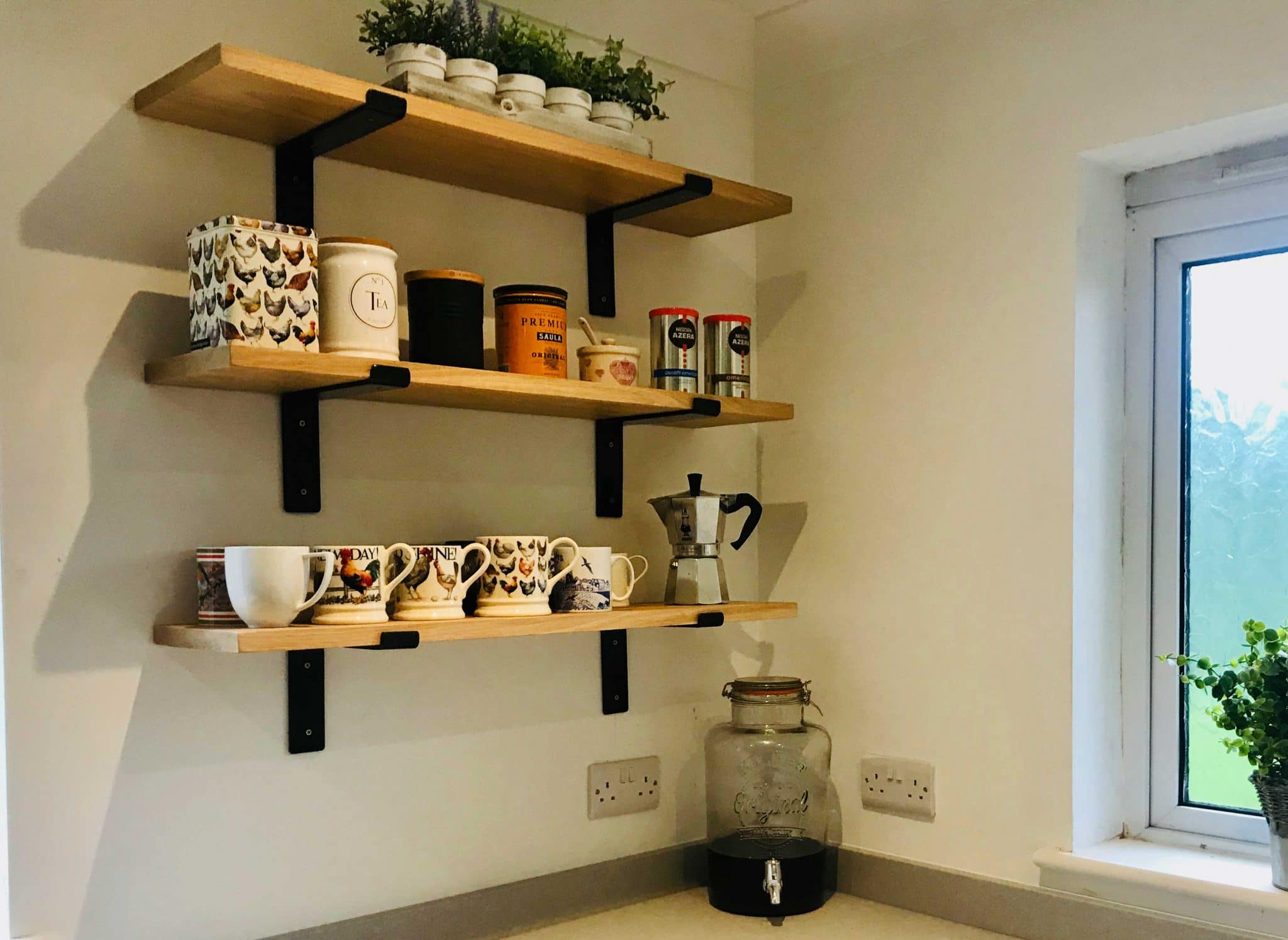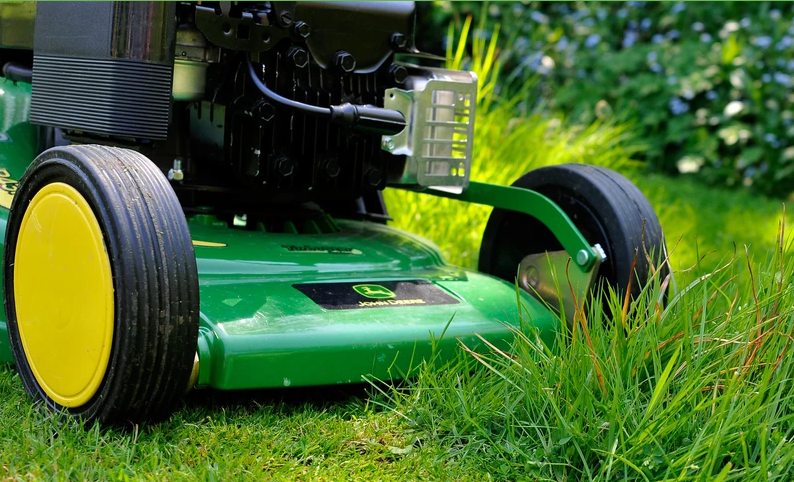Mold is more than just an unsightly blemish on your walls; it’s a serious issue that can pose significant health risks and structural problems in your home or workplace. While visible mold is easy to spot and address, hidden mold can be far more dangerous because it goes unnoticed for long periods. Identifying hidden mold early and understanding when remediation is necessary are crucial steps in maintaining a safe and healthy environment. Let’s dive into how you can spot hidden mold and know when it’s time to call in the experts for remediation.
Why Hidden Mold is a Serious Concern
The Dangers of Mold Exposure
Have you ever experienced unexplained health issues? Hidden mold could be the culprit. Mold releases spores into the air, which can cause a range of health problems, especially for those with respiratory issues, allergies, or weakened immune systems.
- Respiratory Issues: Mold spores can cause or exacerbate conditions like asthma, bronchitis, and other respiratory illnesses. Symptoms include coughing, sneezing, and difficulty breathing.
- Allergic Reactions: Even in individuals without chronic respiratory conditions, mold can trigger allergic reactions. Common symptoms include itchy eyes, skin rashes, and a runny nose.
- Toxic Mold: Some molds, like Stachybotrys chartarum (often referred to as black mold), produce mycotoxins, which can lead to more severe health problems, including neurological issues.
Structural Damage
Is your property showing signs of wear and tear? Mold doesn’t just affect your health; it can also cause significant damage to your property. Mold thrives in damp environments and can eat away at organic materials like wood, drywall, and insulation, compromising the structural integrity of your home or office.
- Wood Rot: Prolonged mold exposure can cause wood to weaken and rot, which is particularly dangerous in load-bearing structures.
- Compromised Insulation: Mold in insulation can reduce its effectiveness, leading to higher energy costs and an uncomfortable living environment.
- Damage to Walls and Ceilings: Mold growth behind walls or in ceilings can cause unsightly stains, warping, and eventually lead to the need for costly repairs.
Signs of Hidden Mold
Unexplained Health Symptoms
Are you or your family experiencing unexplained health issues? If multiple people in your home or workplace are showing symptoms of mold exposure, it might be a sign of hidden mold.
- Persistent Respiratory Symptoms: If you notice persistent coughing, sneezing, or breathing difficulties that don’t improve over time, it could indicate mold exposure.
- Worsening Allergies: An increase in allergy symptoms, particularly when indoors, can be a strong indicator of mold in the environment.
- Fatigue and Headaches: Chronic fatigue, headaches, and other unexplained symptoms might also point to hidden mold in your living or working space.
Musty Odors
Do you notice a persistent musty smell in certain areas of your home? A musty or earthy smell, even if you can’t see any visible mold, is often a telltale sign of hidden mold growth.
- Localized Odor: Pay attention to areas where the odor is strongest, such as basements, attics, or behind walls. These are often prime locations for hidden mold.
- Persistent Smell: If the smell doesn’t go away despite cleaning and airing out the space, it’s worth investigating further for hidden mold.
Water Damage and Discoloration
Have you noticed any signs of water damage? Mold thrives in damp environments, so any signs of water damage should be taken seriously.
- Water Stains: Discoloration on walls, ceilings, or floors is often a sign of water damage, which can lead to mold growth if not addressed.
- Peeling Paint or Wallpaper: Mold can cause paint or wallpaper to peel or bubble. If you notice these signs, especially in conjunction with other indicators like musty odors, it could point to hidden mold.
- Warped Walls or Floors: Warping in walls or floors is another sign of moisture problems that could be hiding mold underneath.
Mold in Unusual Places
Have you ever found mold in places you wouldn’t expect? Mold can grow in areas that are not immediately visible, making it difficult to spot.
- Behind Appliances: Mold often grows behind appliances like refrigerators, washing machines, or dishwashers due to leaks or condensation.
- Under Carpets: Mold can thrive under carpets or rugs, especially in areas with high humidity or where spills have occurred.
- In HVAC Systems: Mold can also develop in heating, ventilation, and air conditioning systems, spreading spores throughout your home or office.
When to Consider Professional Mold Remediation
Extent of Mold Growth
Is the mold growth widespread? The size of the affected area is a critical factor in deciding whether to handle mold removal yourself or call in a professional.
- Small, Contained Areas: If the mold is limited to a small, contained area (less than 10 square feet), it may be possible to clean it yourself using appropriate protective gear and cleaning solutions.
- Widespread Mold: For larger infestations or if the mold is spread across multiple areas, it’s best to seek professional remediation. Professionals have the tools and expertise to safely remove mold and prevent it from returning. Restopros.co excels in mold remediation in Salt Lake City, UT, offering top-notch solutions for identifying and addressing hidden mold issues. Their expertise ensures a thorough and effective approach to restoring your space.
Underlying Water Issues
Is there an ongoing moisture problem? Mold remediation is only effective if the underlying cause of the mold—usually a moisture problem—is also addressed.
- Plumbing Leaks: If mold is the result of a plumbing leak, fixing the leak should be the first step. Otherwise, the mold will likely return even after remediation.
- Humidity Issues: High humidity levels in your home or office can also lead to mold growth. Installing dehumidifiers or improving ventilation can help prevent future mold problems.
Health Concerns
Are you or your family experiencing significant health issues? If mold is causing or worsening health problems, especially in vulnerable individuals like children, the elderly, or those with respiratory conditions, professional remediation is essential.
- Allergy or Asthma Flare-Ups: If anyone in the household is experiencing severe allergy or asthma symptoms, it’s important to address the mold issue as soon as possible to prevent further health complications.
- Toxic Mold: If you suspect toxic mold (e.g., black mold) is present, do not attempt to remove it yourself. Toxic mold requires special handling and should only be dealt with by professionals.
Preventing Hidden Mold
Regular Inspections
When was the last time you inspected your home for mold? Regular inspections are key to preventing hidden mold from becoming a serious problem.
- Check Problem Areas: Regularly inspect areas that are prone to moisture, such as bathrooms, basements, and kitchens. Look for signs of water damage, mold, or musty odors.
- Use Moisture Meters: Moisture meters can help detect hidden dampness in walls, floors, and ceilings, allowing you to address potential mold problems before they become serious.
Addressing Moisture Problems
Are there any moisture issues in your home? Preventing mold starts with controlling moisture.
- Fix Leaks Immediately: Any leaks, whether from plumbing, roofs, or windows, should be repaired as soon as possible to prevent mold from developing.
- Improve Ventilation: Ensure that areas like bathrooms, kitchens, and laundry rooms are well-ventilated to reduce humidity levels. Consider installing exhaust fans or dehumidifiers if necessary.
- Dry Wet Areas Promptly: If any area of your home gets wet, whether due to a spill, leak, or flood, dry it as quickly as possible to prevent mold growth.
Using Mold-Resistant Products
Have you considered using mold-resistant materials in your home? Certain materials and products are designed to resist mold growth and can be particularly useful in high-moisture areas.
- Mold-Resistant Drywall: Installing mold-resistant drywall in areas prone to dampness can help prevent mold from developing behind walls.
- Mold-Resistant Paint: Using mold-resistant paint in bathrooms, kitchens, and other humid areas adds an extra layer of protection against mold.
Conclusion: Taking Action Against Hidden Mold
Hidden mold is a serious issue that can have far-reaching effects on your health and your property. By being vigilant and proactive, you can identify the signs of hidden mold and take steps to address it before it becomes a bigger problem. Whether it’s through regular inspections, addressing moisture issues, or seeking professional remediation, taking action against hidden mold is essential for maintaining a safe and healthy environment.
Let’s discuss: Have you ever dealt with hidden mold in your home or workplace? What steps did you take to identify and remediate the issue? If you have any tips or experiences to share, or if you need advice on a current mold problem, feel free to reach out!









